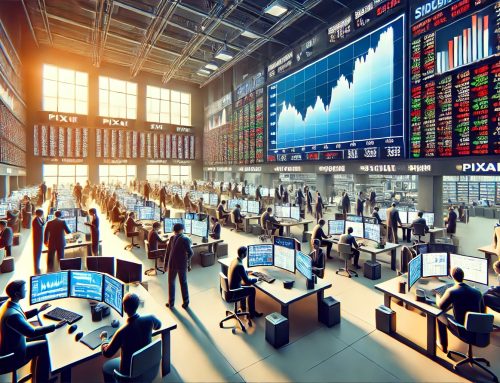August 3, 2022
The rate of wage increases by employers remained stronger than anticipated, but they were still insufficient to offset the inflation rate’s even greater acceleration.
According to the Employment Cost Index, which was released by the Bureau of Labor Statistics, wages and pay for civilian workers grew 5.3 percent over the year that ended in June and 1.4 percent in the second quarter. Both metrics reflect faster growth compared to the first quarter.
Although the quarterly change fell short of the 1.5 percent gain in the fall of 2021, the 12-month increase was the largest since the spring of 1983.
After accounting for inflation, the situation is less favorable. After accounting for increased prices, wages and salaries fell by 3.5% over the previous year.
Just slightly less than the 3.6 percent decline for the year ending in March, which was the biggest decline since the bureau started compiling figures that were adjusted for inflation in 2001.
According to Jason Furman, a professor of economics at Harvard University and a former chair of the Obama administration’s Council of Economic Advisers, the statistics clearly reveals that individuals are falling behind.
Employers have had to raise pay to retain employees and fill unfilled positions as a result of the Covid-19 pandemic’s extremely tight labor market, even though the rises don’t keep pace with the cost of living.
Concerns regarding the duration and extent of inflation are being raised by this.
The Federal Reserve favors the Employment Cost Index report because it needs to know how much wage growth is being caused by soaring inflation in order to know how much to raise interest rates. In an effort to contain increasing prices, the US central bank authorized its second consecutive three-quarters of a percentage point rate hike.
Before taking into account inflation, the growth in employers’ pay costs was 1.3 percent overall in the second quarter. Comparing those numbers to the first quarter’s increase of 1.4%, it was still slightly faster growth than experts had predicted.
Total compensation costs did, however, climb by 5.1 percent in the year that ended in June, which was a faster rate of growth than the 4.5 percent increase for the year that ended in March.
Source: CNN
Legal Notice: The information in this article is intended for information purposes only. It is not intended for professional information purposes specific to a person or an institution. Every institution has different requirements because of its own circumstances even though they bear a resemblance to each other. Consequently, it is your interest to consult on an expert before taking a decision based on information stated in this article and putting into practice. Neither Karen Audit nor related person or institutions are not responsible for any damages or losses that might occur in consequence of the use of the information in this article by private or formal, real or legal person and institutions.






